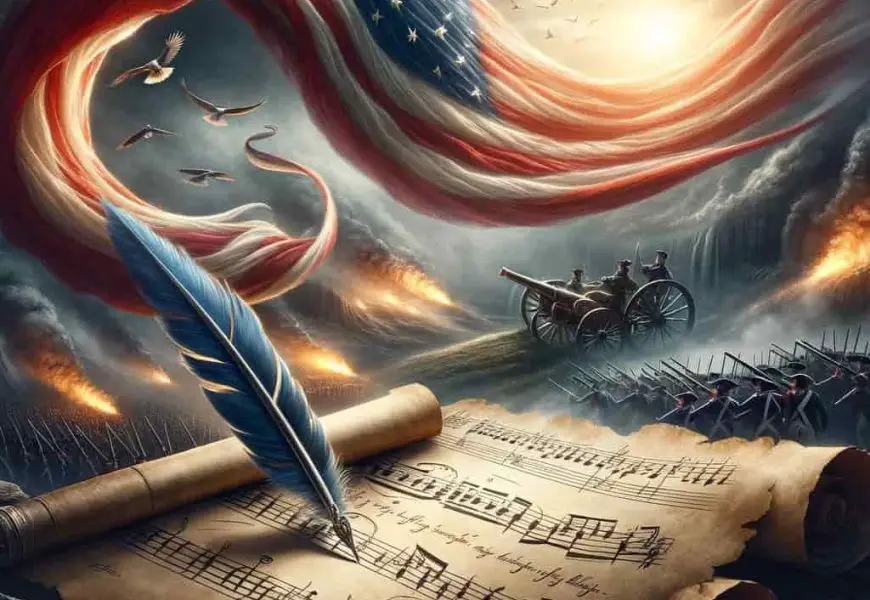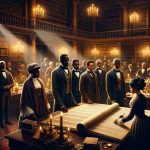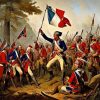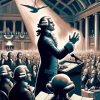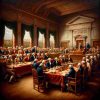“The Star-Spangled Banner,” the public hymn of the US, is something other than a melody; it is an image of flexibility, nationalism, and the dauntless human soul. In this article, we will dig deeply into the authentic meaning of “The Star-Spangled Banner,” following its beginnings back to the conflict in 1812. We will investigate the occasions prompting its creation, its perseverance through heritage in American culture, and its effect on moulding the country’s character. Go along with us on this vivid excursion through time as we reveal the surprising story behind the song of devotion that keeps on rousing ages.
Dawn’s Early Light: The Birth of an Iconic Lyric
- The War of 1812: A Nation Under Threat The War of 1812 represented a pivotal juncture in American history. The youthful country, straight from its progressive battle for autonomy, confronted outer dangers from the English domain. Strains had been stewing for quite a long time, and the contention was inescapable.
- Francis Scott Key: The Writer Nationalist: Amid the war unrest, Francis Scott Key, a conspicuous legal counsellor and novice writer, ended up at the core of the contention. He observed the English siege of Stronghold McHenry in Baltimore Harbour, a decisively critical area during the conflict.
- The Pivotal Night of September 13, 1814: On September 13, 1814, Francis Scott Key witnessed with great shock as the British navy bombarded Fort McHenry relentlessly on this night of fateful significance for Francis Scott Key and Baltimoreans alike.
- Motivation Strikes: As the primary light of daybreak got through the haziness, Francis Scott Key was excited to see that the American banner was flying gladly over Stronghold McHenry. This rousing sight lighted his imaginative soul, inciting him to create a sonnet that would later turn into “The Star-Spangled Banner.”
The Production of “The Star-Spangled Banner”
- The Poem Comes to Life: Francis Scott Key’s stirring Poem, “Defence of Fort M’Henry,” found new life when set to the tune of an English drinking song called “To Anacreon in Heaven.” This unlikely pairing between Key’s patriotic verses and this iconic melody gave birth to what would later become known as “The Star-Spangled Banner.”
- A public song of praise is perceived: The excursion of “The Star-Spangled Banner” from sonnet to public song of devotion was a long one. It assumed control for nearly 100 years; however, in 1931, it was formally embraced as the general hymn of the US by a demonstration of Congress. This pivotal event set the hymn’s place in American culture and history.
The Enduring Legacy
- An Image of American Character: “The Star-Spangled Banner” rises above being simply a tune; it is an image of American personality and solidarity. It fills in as a sign of the penances made by the people who preceded us to safeguard the opportunities we hold dear.
- Motivating Ages: Consistently, “The Star-Spangled Banner” has propelled innumerable Americans during seasons of war and harmony. Its refrains reverberate with a feeling of obligation, honour, and positive energy, proceeding to persuade people from varying backgrounds.
Preservation of a Legacy
- The Banner’s Super Durable Home: The first banner that flew over Post McHenry during that pivotal night is painstakingly safeguarded and in plain view at the Smithsonian Public Historical Center of American History. This memorable curio fills in as an unmistakable connection to the past and demonstrates the country’s flexibility.
- Continuous Conservation Endeavours: Safeguarding endeavours are progressing to guarantee that the banner’s remaining parts are in their ideal condition. A group of specialists ceaselessly screens and reestablishes the flag on a case-by-case basis, ensuring that it will be accessible for people in the future to respect and appreciate.
The Cultural Echo
- An integral part of American musical heritage, “The Star-Spangled Banner” speaks to many and simultaneously captures America’s complex past and identity mosaic. However, its perception varies across American societies, with some seeing its lyrics as symbols of freedom while others critically examine its historical ramifications with critical awareness.
- Nationalism in Melody: The hymn can bring severe strength out of enthusiasm and pride in the people who sing it. Its words capture the substance of the American soul and the assurance to guard opportunity.
- Controversy and Debate: Although “The Star-Spangled Banner” stands as a beacon of national unity, it has also been at the center of controversy, with critics pointing to its third verse as a potential glorification of slavery and exclusion, sparking debates about its suitability as the national anthem in a diverse and evolving society.
A Global Resonance
- Motivation Past Lines: “The Star-Spangled Banner” has propelled individuals all over the planet. Its message of opportunity and flexibility rises above public limits, making it an image of expectation for those battling for their freedoms.
- Social Transformations: Notwithstanding its effect on American culture, “The Star-Spangled Banner” has been adjusted and converted into different dialects, spreading its message of opportunity and flexibility worldwide.
Conclusion
“The Star-Spangled Banner,” with its rich history and growing importance, remains a demonstration of the strength and flexibility of the American public. It fills in as a sign of the penances made to protect our country and the standards it addresses. As we speak loudly and sing this song of devotion, let us generally recall the striking story behind it.

